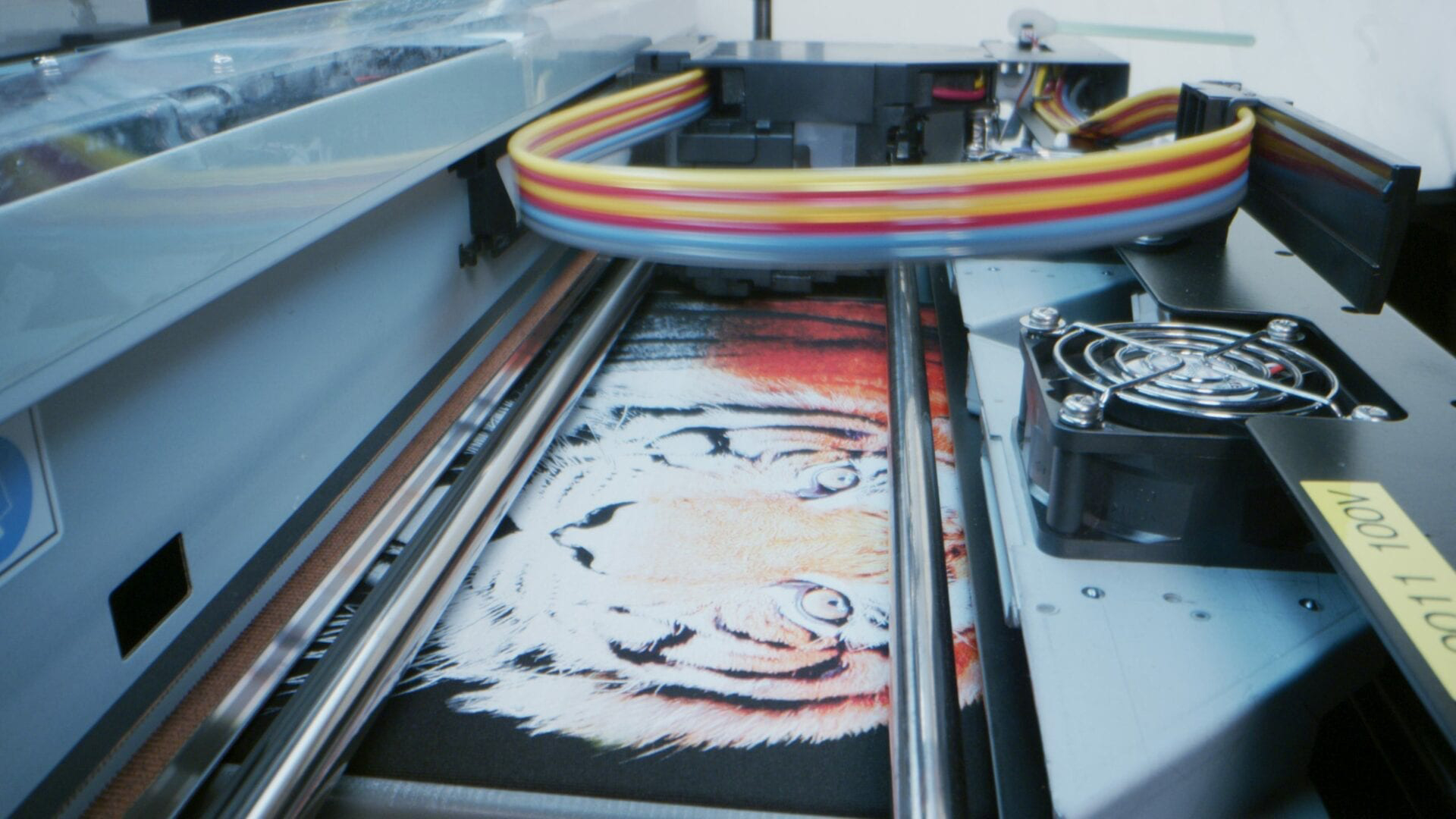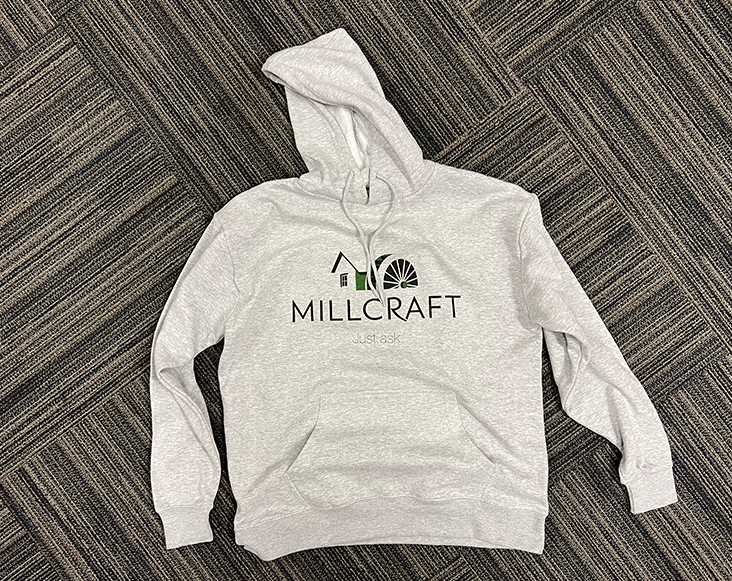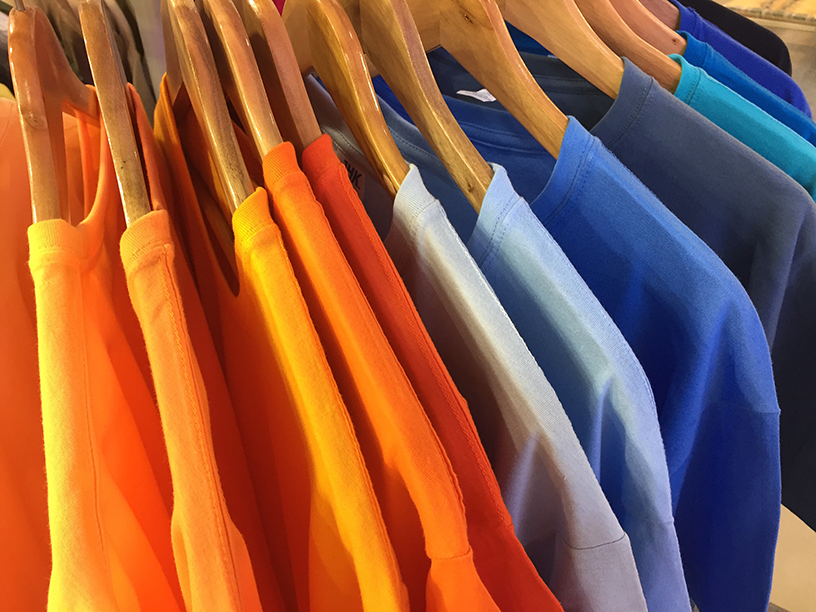Direct-To-Garment (also known as DTG) printing is almost exactly how it sounds. DTG printing is a process of printing directly on textiles and other items using inkjet technology. It really is as cool as it sounds.
A DTG Printer is similar to how your home office printer works. Except, instead of using paper, in a DTG printer it’s textiles like shirts, face masks, hoodies, shoes, etc. The printers have a flat surface, called a platen, that you lay your garment down onto. Once the print button has been pressed, this platen will go into the printer and start the print process. Once it’s done printing, the platen will come back out for you to see the printed product.

DTG was first introduced in the United States in 1996 and is a very young segment in the textile industry compared to other printing methods. In 2019, DTG was valued at over $2.5 billion with a compound annual growth rate of 10.5% through 2021. By 2024, this segment will grow to 40%, making DTG the fastest growing segment in the textile industry. With the amazing technology that is built in the RICOH Ri 2000, not only will you get amazing vibrant prints, but you will be able to print quicker too. In many cases, it is twice as fast compared to other printers.
To find out more about how Millcraft’s DTG Solutions can help you get into the game of DTG printing, reach out to one of our DTG Specialists.
Continue Reading

How to: Learn How To Load A Hoodie On The RICOH Ri 1000/2000
With the winter season amongst us, knowing how to load a hoodie onto your RICOH DTG printer is essential. Loading a hoodie incorrectly can cause many issues with your print. You may have issues with the alignment or issues with dot gain, along with a few other issues....

Direct To Garment Growth In The Market
The past couple of years have been very impactful to the printing industry. Most markets have seen a decline whereas the custom garment (t-shirt) printing space has seen huge growth during this time. The availability of equipment that is capable of handling small...

